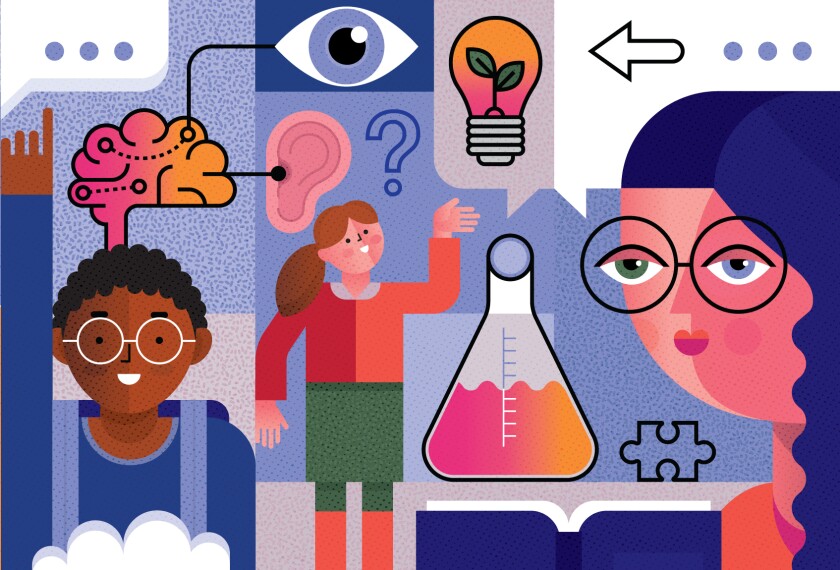From Play-Doh to Barbie, major toy companies have long sought a foothold in the education marketplace by offering branded classroom materials and educational videos teachers can use.
But now, one major player in the space is going a step further, creating core classroom lessons—and raising questions about how curricula designed around marketed products will stack up compared to more traditional offerings, typically created by large, for-profit education publishing companies.
LEGO Education, which has for decades created supplemental science, technology, engineering, and mathematics materials for schools that use LEGO’s signature modular building blocks, plans to unveil a K-8 science program available to schools this August.
While not a full curriculum—it doesn’t cover all of the standards at each grade level—the materials, which include pre- and post-assessments and teacher guides, are designed to be used as core lessons. They touch on life science, earth science, and physical science, and are aligned to the Next Generation Science Standards, said Andrew Sliwinski, the head of product experience at LEGO Education.
The standards, released in 2014, emphasize science practices and investigating scientific phenomena in addition to mastering content knowledge. Twenty states and the District of Columbia have adopted the shared expectations, and other states have drawn on the standards to develop their own.
Developing core lessons is an unusual step for a toy company, said Alicia Conerly, the president of the National Science Teaching Association, and an instructional specialist in the Marion County schools in Mississippi.
Some in the science education field worry that the set-up could artificially constrain lessons, pitting the goal of authentic, rigorous science learning against the expectation that each activity centers around the product.
Sliwinski said it’s an understandable concern. “If you pay a lot of money for a really fancy microscope, then you want to look at everything under a microscope,” he said, as an analogy.
LEGO Education has tried to “stay focused on what we knew that we could do uniquely well,” he said.
The lessons, which give kids opportunities to practice modeling and design with LEGO bricks, present a distinctive avenue through which students can engage in hands-on learning, Sliwinski said.
Can toy-based learning raise engagement?
The LEGO materials are shaped around grade-level standards—for instance, a 1st grade lesson on how animals’ external features, like birds’ beaks, can help them survive in their environment.
Students use LEGO bricks to design bird beaks that could eat different shapes and sizes of food, while also learning about real examples of differences between bird beaks in the wild.
Then, students are encouraged to make broader connections—discussing how certain tools are better for certain jobs, for example, said Jenny Nash, LEGO Education’s head of education impact, U.S.
“The essence of what we’re trying to get to is real-world connections,” she said.
Research shows that, in general, toy-centered curricula can be effective.
A 2016 study of Speedometry, a science unit on kinetic energy, gravity, and velocity designed around the Hot Wheels toy cars, found that students who experienced the lessons got more questions right on an end-of-unit test than students in a control group who learned about the same subjects in a traditional manner.
Student engagement may have been a driving factor. Kids whose teachers taught the Hot Wheels lessons said they were more “interested” and “excited” and less “bored” or “frustrated.”
But not all options are created equal, and very few curricula—in science or other subjects—undergo experimental research.
LEGO Education lessons fall into this camp; they haven’t been tested by external evaluators, said Sliwinski. But their design was informed by field testing in classrooms, he said.
As with any new approach to curriculum, educators will want to see evidence, said Conerly, with NSTA. That means data, she said—for instance, benchmarking scores from nationally normed assessments in districts that have used the program.
The main question, she said: “Is our money being used effectively? And effective is students growing.”





